2×2 RGB Click
R260.00 ex. VAT
2×2 RGB Click is a compact add-on board that contains a matrix of 4 “intelligent” RGB elements, forming a 2×2 display screen. This board features the KTD2052A, a 12-channel RGB LED driver from Kinetic Technologies. It is a fully programmable current regulator for up to four RGB LEDs (12 LEDs in total). The LED matrix consists of four LRTB GFTG, a 6-lead in-line MULTILEDs, from ams OSRAM. The LEDs have a 120-degree viewing angle. This Click board™ makes the perfect solution for the development of AI smart speakers, Bluetooth/Wi-Fi loudspeakers, automotive indicators and ambiance lighting, IoT, gaming, consumer electronics, and more.
2×2 RGB Click is fully compatible with the mikroBUS™ socket and can be used on any host system supporting the mikroBUS™ standard. It comes with the mikroSDK open-source libraries, offering unparalleled flexibility for evaluation and customization. What sets this Click board™ apart is the groundbreaking ClickID feature, enabling your host system to seamlessly and automatically detect and identify this add-on board.
Stock: Lead-time applicable.
| 5+ | R247.00 |
| 10+ | R234.00 |
| 15+ | R221.00 |
| 20+ | R212.68 |

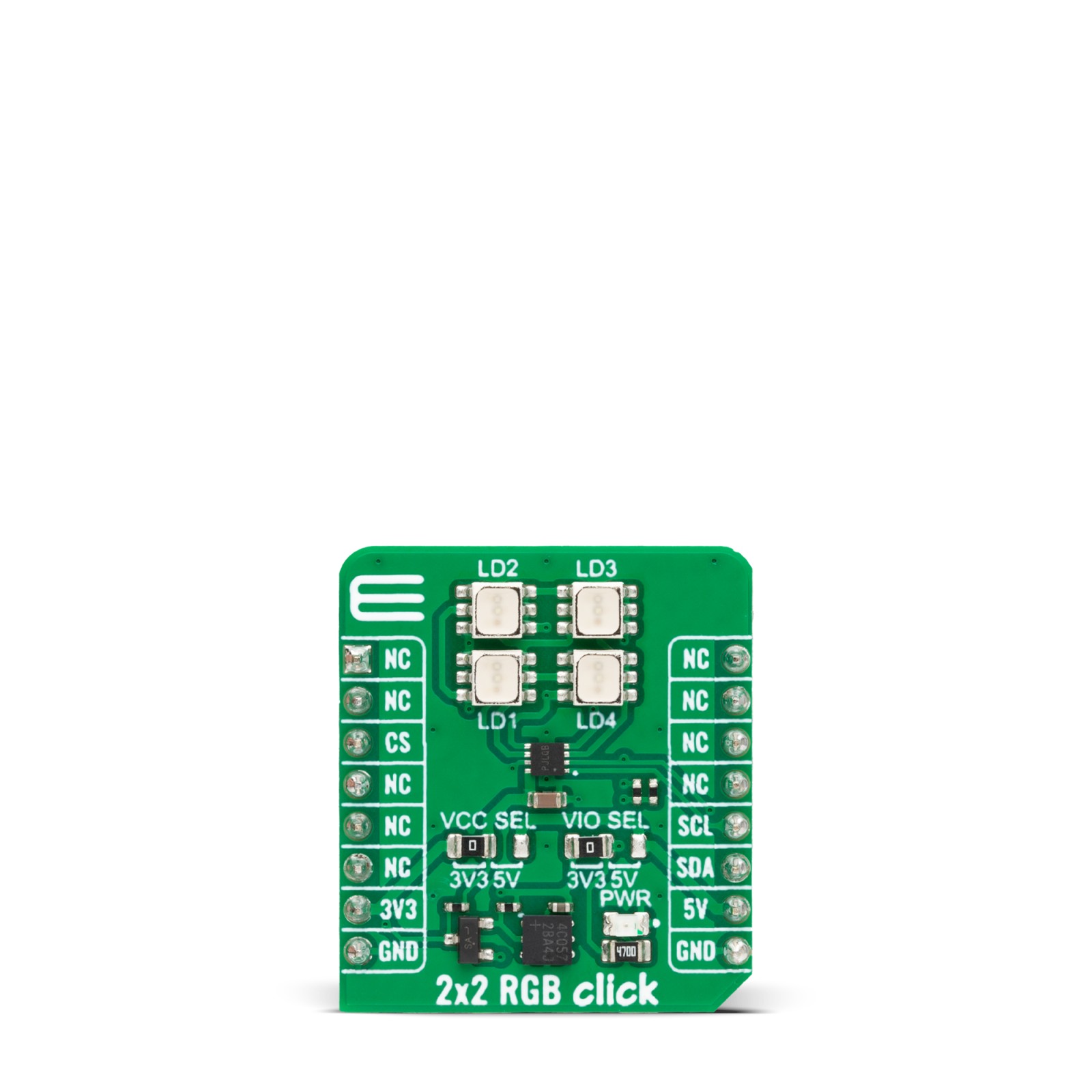

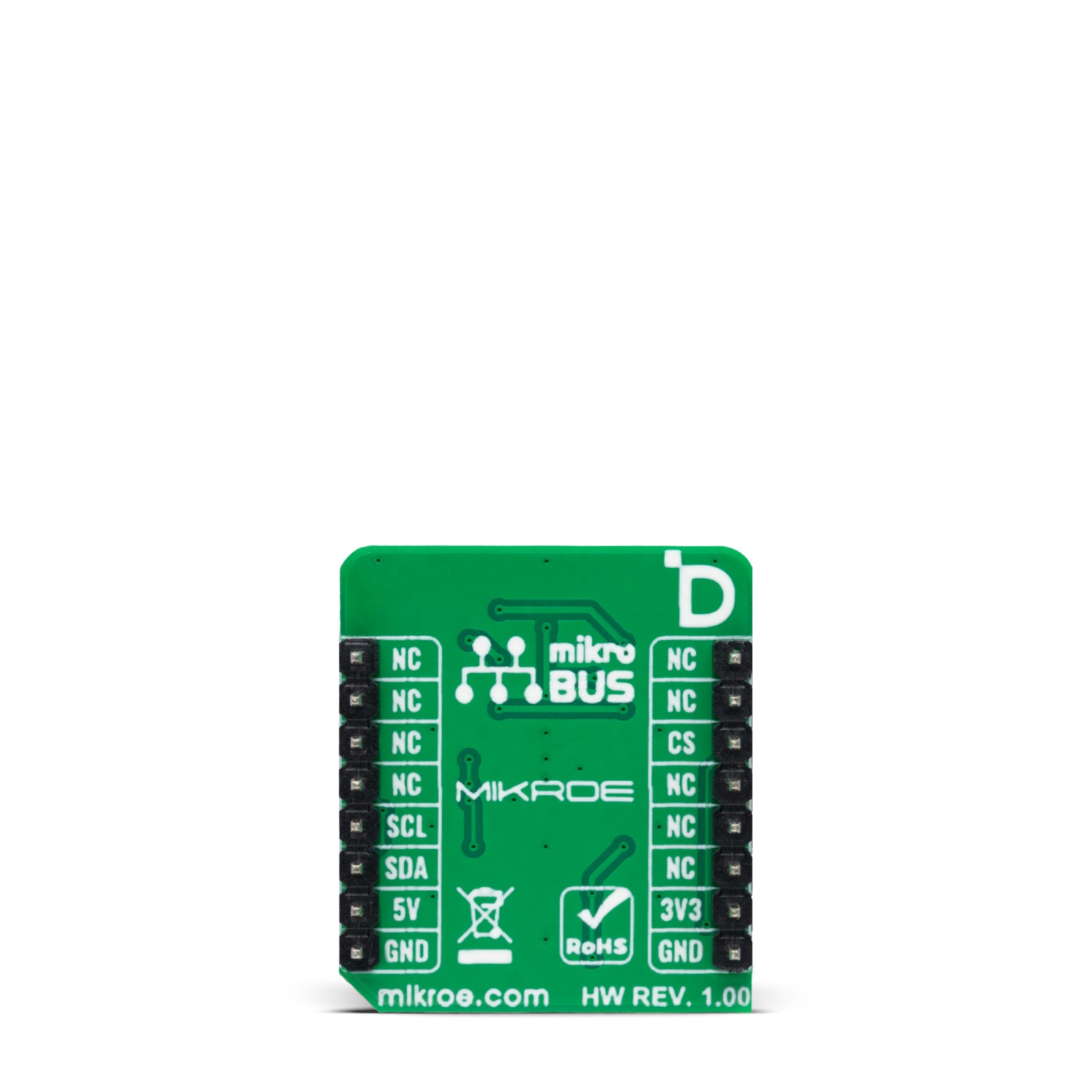





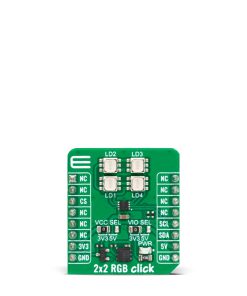

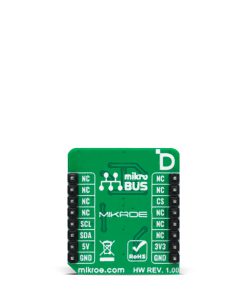


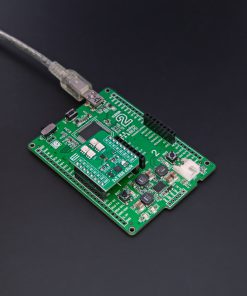

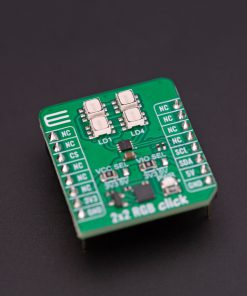
.jpg)








